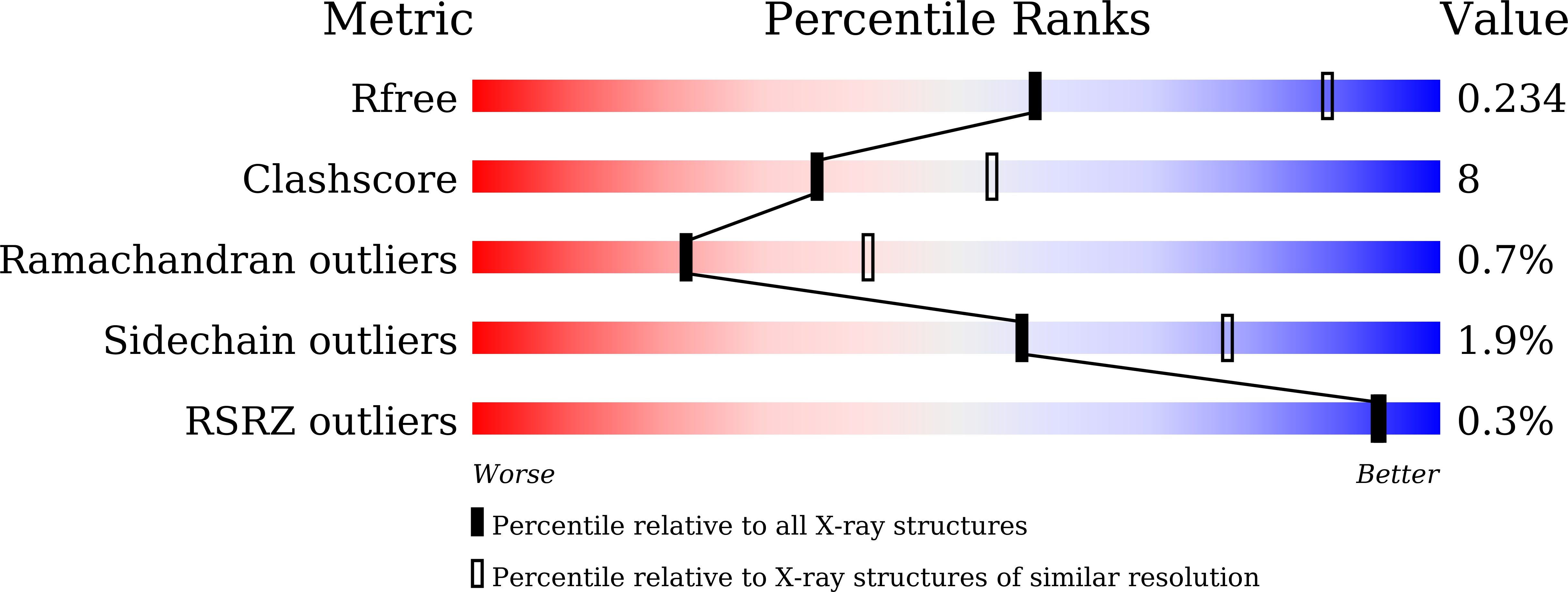
Deposition Date
2016-05-23
Release Date
2017-05-31
Last Version Date
2024-11-13
Entry Detail
PDB ID:
5B5U
Keywords:
Title:
Crystal structure of truncated Pyrococcus furiosus L-asparaginase with peptide
Biological Source:
Source Organism:
Pyrococcus furiosus DSM 3638 (Taxon ID: 186497)
Pyrococcus furiosus (Taxon ID: 2261)
Pyrococcus furiosus (Taxon ID: 2261)
Host Organism:
Method Details:
Experimental Method:
Resolution:
2.61 Å
R-Value Free:
0.24
R-Value Work:
0.20
R-Value Observed:
0.20
Space Group:
P 65 2 2


